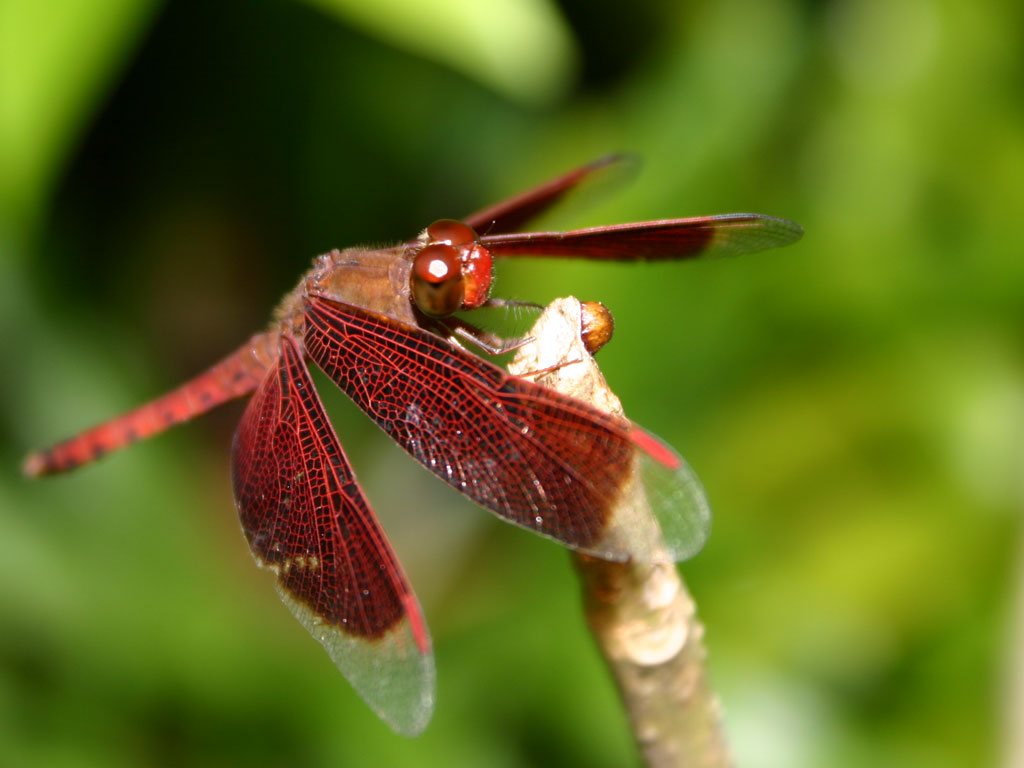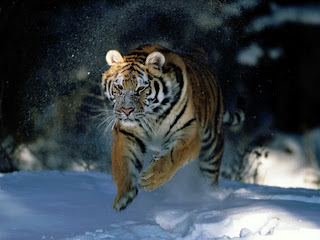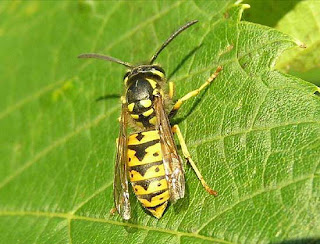A dragonfly is an insect. It is characterized by large multifaceted eyes, two pairs of strong transparent wings, and an elongated body. Dragonflies are similar to damselflies, but the adults can be differentiated by the fact that the wings of most dragonflies are held away from, and perpendicular to, the body when at rest. Dragonflies possess six legs (like any other insect), but most of them cannot walk well. Dragonflies are some of the fastest insects in the world. Dragonflies are valuable predators that eat mosquitoes, and other small insects like flies, bees, ants, wasps, and very rarely butterflies. They are usually found around marshes, lakes, ponds, streams, and wetlands.
Image of a spotted winged dragonfly

Image of a red dragonfly

Image of a red dragonfly

Image of a dragonfly

Image of a dragonfly







 Image of fighting kangaroos
Image of fighting kangaroos

